Commissioned 1909 | Operator Red Cross Line Length 93 m | |
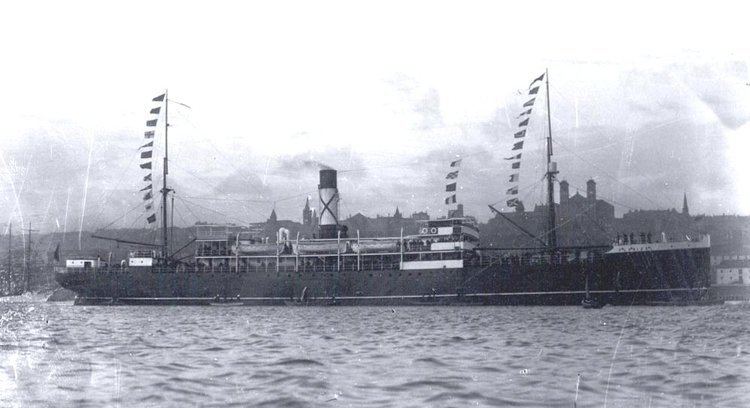 | ||
Fate Sank after striking reef at Cappahayden, Newfoundland Builder Charles Connell and Company | ||
Parade in honour of the first 500 who boarded the ss florizel into world war 1
SS Florizel, a passenger liner, was the flagship of the Bowring Brothers' Red Cross Line of steamships and one of the first ships in the world specifically designed to navigate icy waters. During her last voyage, from St. John's to Halifax and on to New York City, she sank after striking a reef at Horn Head Point, Cape Race near Cappahayden, Newfoundland, with the loss of 94 including Betty Munn, a three-year-old girl, in whose memory a statue of Peter Pan was erected at Bowring Park in St. John's.
Contents
- Parade in honour of the first 500 who boarded the ss florizel into world war 1
- History
- Last voyage
- Rescue
- Investigation
- Lost passengers of historical importance
- Other lost passengers
- Survivors of historical importance
- Bodies not recovered
- SS Gordon C
- SS Hawk
- References
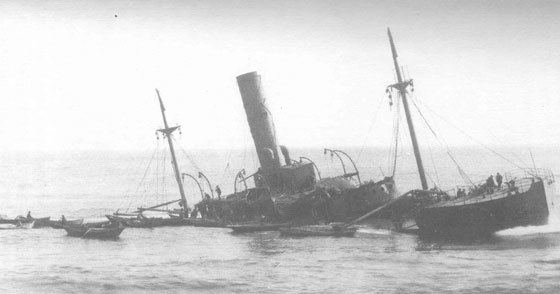
History
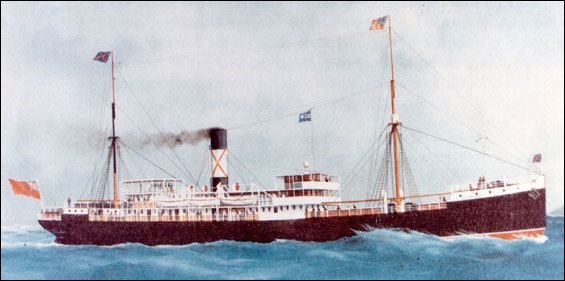
Florizel was primarily a passenger liner, built for the Bowring Brothers to replace an earlier ship, the SS Silvia, which had been lost at sea. Built of steel, she was one of the first ships in the world to be specifically designed to navigate the icy waters around Newfoundland and Labrador. The vessel was modified each spring to participate in the annual seal hunt off the coast of Newfoundland, and participated in the rescue of sealers during the Great 1914 Newfoundland Sealing Disaster. Often captained by Captain Abram Kean, she broke many records on her numerous voyages to the seal hunt.
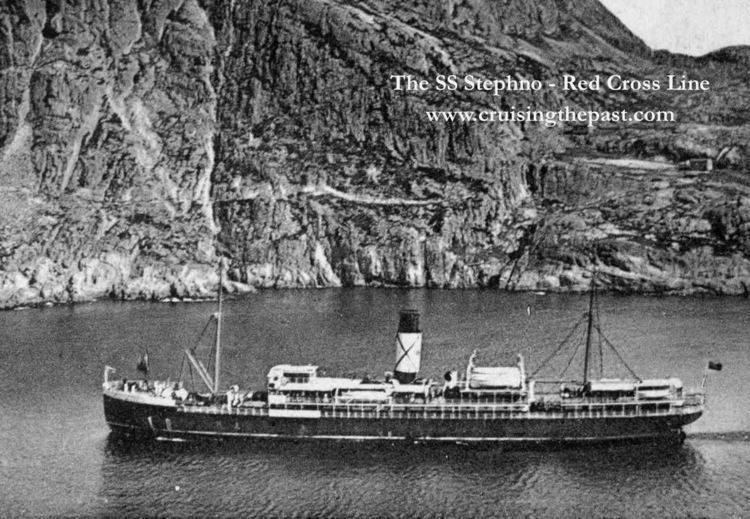
Florizel was also used as a transport vessel during World War I. In October 1914 she carried the first 540 volunteers of the Newfoundland Regiment, the Blue Puttees, to Europe.
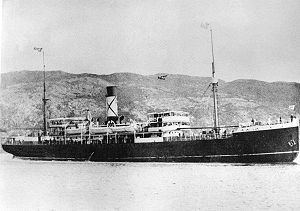
Bowring Brothers were the operators for the New York, Newfoundland and Halifax Steamship Company, Limited. At the time of Florizel's construction she was considered a luxury liner; she had room for 145 first-class accommodations.
The Bowring fleet of ships of that era were given names from Shakespearean plays: Florizel was named after young Prince Florizel in The Winter's Tale.
Last voyage
Florizel left St. John's on 23 February 1918, for Halifax and then on to New York, with 78 passengers and 66 crew. Among the passengers were many prominent St. John's businessmen. Shortly after the vessel left port the weather turned nasty and after nine hours of steaming southward the captain, William J. Martin, assumed that he had rounded Cape Race and consequentially turned westward. However, because of the gale force winds Florizel had actually traveled just 45 miles and was well short of the Cape. The sea crashing against the rocks at Horn Head Point was white with froth and Captain Martin mistook it for ice and eventually crashed full speed into the rocks. Most of the passengers and crew that survived the initial crash found shelter in the Marconi Shack, the least damaged portion of the ship.
Rescue
An SOS was sent out and received by the Admiralty wireless station located at Mount Pearl. By the evening of 24 February the first rescue ships had arrived to no sign of life. The weather had abated somewhat when light was spotted and a rescue attempt was carried out after the storm had calmed. Of the 138 passengers, 44 had survived the initial crash and after 27 hours, the ship struck ground and the last of the passengers and crew were rescued. Medals of bravery were awarded to several crew members of HMS Briton and HMS Prospero who had responded to the wreck; these were given by the Prince of Wales, the future King Edward VIII, while he was in St. John's in 1919.
Investigation
Captain Martin, who had survived the tragedy, was held responsible for the disaster, because of the lack of soundings taken during the course of the voyage. His certificate was suspended for twenty-one months. It was not until later that Captain Martin was found not to have been at fault. The Chief Engineer, J.V. Reader, had reduced the speed of the vessel as soon as she left port, bypassing the captain's orders to proceed at full speed. This action had caused the ship to make less distance than had been thought. The reason cited for Reader's action was to prolong the trip to Halifax such that the vessel would have to dock overnight and allow Reader time to visit his family while there.
Lost passengers of historical importance
Other lost passengers
First classSecond classSurvivors of historical importance
Bodies not recovered
SS Gordon C
SS Hawk
These men, along with H. Clouter, C. W. Penny, R.N.R., Adolphus "Dolf" Morey, R.N.R., G. Westcott, R. Pierson, and J. Budden, also received the Board of Trade Medal for Gallantry in Saving Life at Sea (Sea Gallantry Medal or S.G.M).
